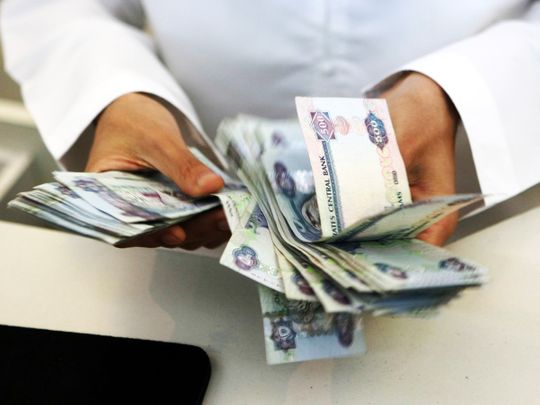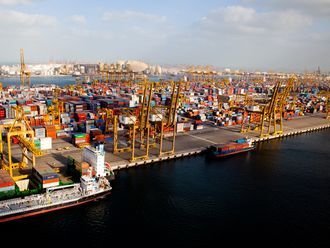
The UAE’s monetary policy largely mirrors that of the US because of the dirham’s peg to the dollar that give the nation’s economy and currency long-term stability.
Undoubtedly, the rise in policy rates are expected to see a rise in funding costs for both individuals and companies affecting disposable incomes and profits, respectively.
However, with the dirham’s exchange rate fixed against the dollar, any move contrary to the US Federal Reserve’s decision to change interest rates can result in speculative pressures mounting on the local currency.
In its latest move, the US central bank’s rationale to raise interest rates is fundamentally different from that of the UAE. In the US, a big surge inflation in recent months resulting from Covid-related economic stimulus has warranted a policy adjustment to rein in prices.
On the contrary, the UAE is not facing any significant compulsion in terms inflation to increase the lending rates. UAE’s consumer price inflation is projected to hover in the range of 1.8 to 2.4 per cent during the current year.
Why protect peg
The UAE has adopted a policy of currency stability through peg (a fixed rate against the dollar) right form the early days of the dirham.
Wild fluctuations in exchange rates have serious consequences for the national economy ranging from asset price instability to capital flight. Historically, the UAE’s currency’s anchor to the dollar has largely served the interests of the local economy by protecting it from wild gyrations in global markets.
Despite the currency stability the dollar peg brings, the event of extreme volatility of dollar against other major global currencies could raise questions about the need for UAE to peg its currency to a single currency.
In the current context, a sharp rise in US interest rates is expected to manifest in dollar strength effectively reflecting in the appreciation of the dirham, impacting competitiveness of many sectors such as trade, tourism, hospitality and real estate.
The real effective exchange rate of the dirham is expected to appreciate as the interest rates go up further, making imports cheaper, exports and deemed exports like tourism and foreign investments in real estate expensive.
While a stronger currency erodes competitiveness, a weaker one can hurt economic stability. The UAE, with its huge forex reserves and terms of trade tilted in its favour, the obvious choice is stability and hence the need to protect dollar peg and monetary policy tightening.





